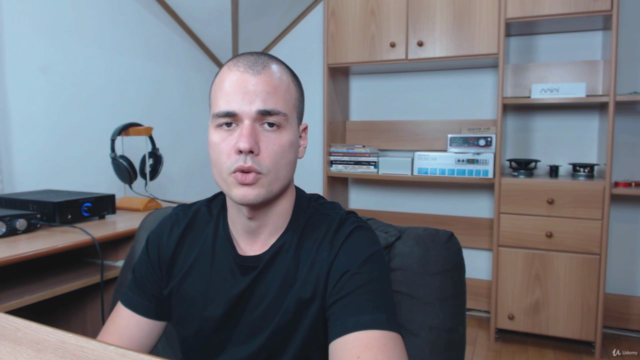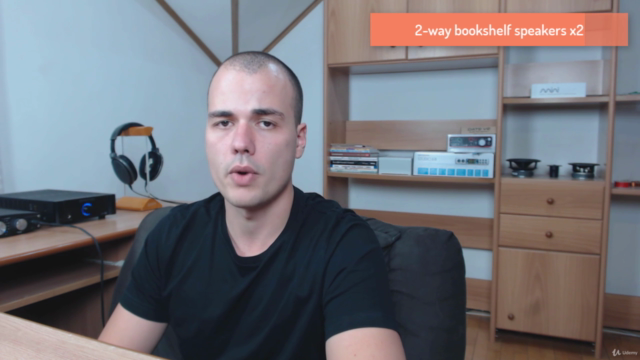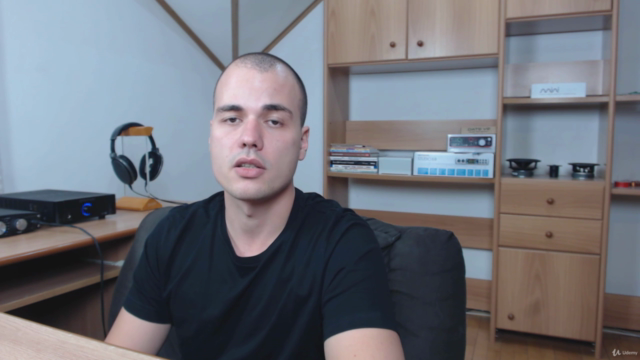Loudspeaker engineering : How to design speaker crossovers

Why take this course?
🚀 Course Title: Loudspeaker Engineering: How to Design Speaker Crossovers 📡
Course Description
Welcome, sound enthusiasts! Are you ready to take the next step in your journey towards mastering loudspeaker engineering? If you've already ventured through the fundamental principles of acoustics with our "Acoustics 201" course and are now eager to dive deeper into the world of speaker design, this is the perfect course for you. 🎧✨
Design Your Own Speaker Crossover
-
Introduction to Crossover Design: Learn the intricacies of designing 2-way and 3-way crossovers using FRD and ZMA files. Our course will guide you through the process, ensuring you understand how to apply these in XSim – a powerful, yet free, application for crossover design.
-
Understanding Enclosures: Gain hands-on experience with five different types of enclosures, each designed to illustrate the unique aspects of crossover design. These include two 2-way bass reflex bookshelf speakers, a 3-way bass reflex, a sealed MTM (Mid-Tweeter-Mid), and a 3-way bass reflex floorstanding speaker with dual woofers. Each example will provide valuable insights into the crossover process.
Explore Specific Circuits for Crossover Design
- Beyond the Basics: Delve into more complex filtering circuits such as impedance equalization, attenuation pads, baffle step compensation, ladder delay networks, and notch filters. These are crucial for fine-tuning your speaker's frequency and phase response.
Testing the New Crossovers
- From Theory to Practice: After designing your crossover on a computer, the real test begins. With an extensive collection of electrical components at hand, you'll assemble a prototype and measure its performance. Learn the nuances of how a crossover sounds in a real-world setup and get practical tips and tricks to streamline your building process.
Building a Crossover Network
- Hands-On Experience: Constructing a crossover network is not just about the theory; it involves some manual dexterity and precision. You'll learn about board size and material, component placement, fixing components, and even pick up some basic soldering skills along the way.
By completing this course, coupled with the knowledge gained from our previous two courses, you will be fully equipped to design a multi-way loudspeaker from scratch. 🛠️🎧👷♂️
What You Will Learn:
-
Crossover Design Theory: Understand the principles behind designing crossovers for different types of loudspeakers.
-
Practical Applications: Work with real-world examples, including 2-way and 3-way designs, to solidify your understanding of crossover design.
-
Critical Listening: Learn how to critically listen for the effects of your crossover design on sound quality.
-
Component Selection: Gain the skills to select the right components and understand their impact on your crossover's performance.
-
Prototype Assembly: Learn the process of building a crossover from scratch, including how to solder and assemble components correctly.
-
Measurement Techniques: Discover how to measure your prototype and compare it to the theoretical design to ensure accuracy.
Why Take This Course?
This course is designed for those who are serious about speaker design and want to go beyond theory to practical application. Whether you're a hobbyist, an audiophile, or aspiring to be a professional in loudspeaker engineering, this course will provide you with the knowledge and skills needed to create your own custom speaker crossovers. 🎓🔩
Enroll now and join Marius Tanasescu on this exciting journey into the world of speaker crossover design! Let's turn your passion for sound into a craft you can master. 🎛️👂🎬
Course Gallery




Loading charts...